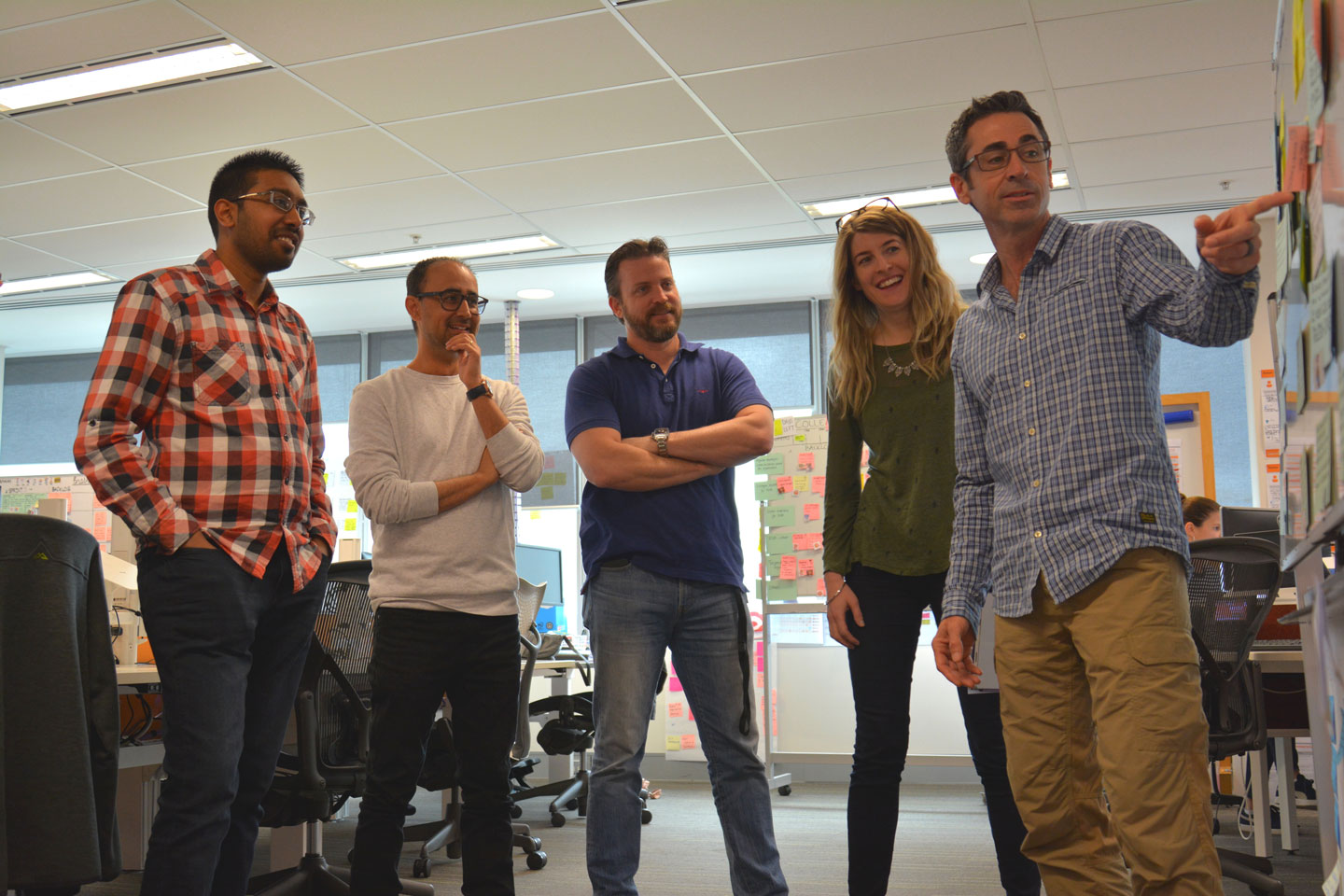
Historically, business models which were created to enable efficiency and cost effectiveness resulted in the formation of complicated and siloed organisations, often with vast formal and informal internal channels of communication and work flow.
The operating and organisation models which resulted, built upon relatively slow-to-change, repeatable and predictable marketplaces, are now totally unsuited to today’s era of unpredictability and disruption.
The very nature of the model that allowed organisations to scale and expand throughout the latter half of the twentieth century nowadays inhibit the flexibility, adaptability and fast feedback loops required to successfully compete in today’s increasingly competitive, borderless and customer-oriented marketplace.
And this state of affairs isn’t just limited to the corporate and business world. The renowned US Army general Stanley McChrystal writes in his book Team of Teams how, in response to the VUCA (Volatile, Uncertain, Complex and Ambiguous) environment, the traditional command and control structure within the US military was eliminated.
In its place was put a model of decentralized authority within autonomous teams, enabled by real-time access to data and information and supported by strong communication. And it’s this concept of a network of teams that is now being implemented in organisations across the globe – particularly service-based product companies.
Two organisations that have led the change are Netflix and Spotify. Both have grown to disrupt globally significant marketplaces and are now the dominant players in their respective realms. Both companies created globally distributed networks of self-organising squads of approximately 10 people with clear ownership, accountability and authority in relation to a specific product.
Global enterprises such as GE and Telefonica are experimenting with the model while others such as ING have completely restructured themselves around empowered, self-organising teams. In Australia we are seeing similar adoption patterns with Telstra being a notable leader, as well AGL, one of the oldest companies in Australia.
At Bankwest we recognise that in order to continue to remain a successful WA-based business, we need to evolve how we anticipate and respond to our customers’ changing needs in the digital age. We know rapid iteration and moving quickly produces a better result for our customers over the long term and the current and future success of our business depends on our ability to act and continually move forward.
As we move forward we are progressing beyond mere efficiency and we’re now designing and implementing a model that enables adaptability, speed, experimentation and responsiveness. Key to this transformation is the creation of an operating model focused on leveraging the capability and releasing the potential of our people.
Establishing a culture that empowers people to release their potential is critical and Bankwest is becoming a hub for people with different skills, mindsets and new ways of working who can help us meet customer needs. Our new model is built upon collections of autonomous squads (called tribes) made up of cross functional, empowered individuals tasked with delivering positive outcomes for our customers.
To enable this cultural transformation we’re also significantly boosting our investment in technology to build our capabilities in cloud, analytics and an API-enabled core banking system. This investment will give us the capability to access greater and deeper levels of information, create even more compelling customer experiences and partner with other organisations in WA to deliver value to our customers, communities and the economy.
As momentum grows and, with it, awareness of these new operational models, more and more established companies are seeking to replicate the changes that Bankwest and other organisations are adopting to both defend and enable their own growth.
The recent Deloitte Human Capital report succinctly summarised this rapidly growing trend away from command and control and toward autonomy: “Hierarchical organizational models aren’t just being turned upside down - they’re being deconstructed from the inside out. Businesses are reinventing themselves to operate as networks of teams to keep pace with the challenges of a fluid, unpredictable world.”
Exciting times.













